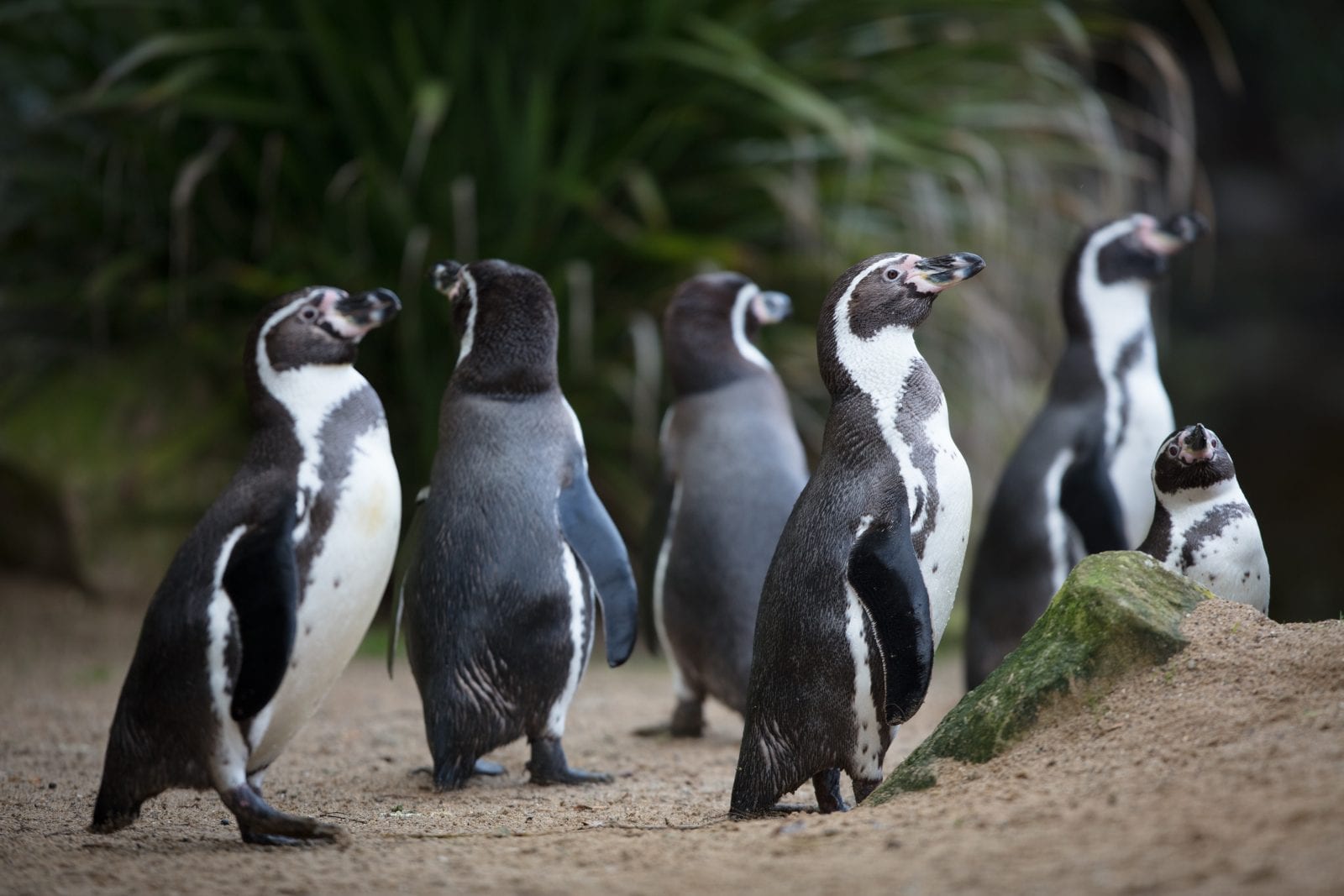Zoos have been around for centuries. Once a symbol of royalty and power, zoos are now major players in saving endangered species and conserving wildlife. But what role do zoos play in our conservation efforts today?
Conservation is the protection, preservation, and restoration of the natural environment and wildlife. Since the beginning of the industrial revolution, over 375 billion tonnes of carbon has been released into the atmosphere, causing severe global warming and resulting in increased natural disasters. Last year Australian bushfires killed nearly 5,000 koalas and destroyed 24% of koala habitats on public lands. Additionally, as temperatures rise, ecosystems will continue to change. Many species of butterflies and foxes migrate farther north in search of cooler temperatures, but other species, like polar bears, may be unable to adapt to these changes and face a risk of extinction.
The International Union for Conservation of Nature (IUCN) Red List states that over 35,500 species are currently threatened with extinction. For some species, the outlook for survival is so bleak that the only short-term way to prevent extinction is by ex-situ conservation, where an endangered species is rehabilitated outside of its natural habitat. Since the 1970s, many zoos have dedicated themselves to the conservation of the environment, working together to preserve nature and help save certain animal species, one example being the Californian condor.
In 1987, there was a total population of 27 Californian condors, a species of vulture, in the wild. To prevent extinction, wild condor eggs were brought to zoos. There, chicks were hatched and the condors were raised in captivity, before being released back into the wild. This process is known as captive breeding. As a result, the population of wild condors grew from 27 birds in 1987, to 161 in mid-1999. As of 2019, there are 518 Californian condors in the world, proving that ex-situ conservation and captive breeding are able to prevent the extinction of species.
According to the IUCN assessment of the status of vertebrates, 13 out of 68 species reduced their IUCN Red List threat level by 2010, thanks to the use of captive breeding programmes, the Californian condor being an example of this. Not all of these captive breeding programs involved zoos, though zoos played a major role with financial and technical support for nine of the 13 species.
Dublin Zoo partners with 25 conservation projects, both in Ireland and internationally, providing annual financial support and also taking part in breeding programmes for over 35 different species. One of these species is the Humboldt penguin, which lives in the wild off the coast of Chile and Peru. These penguins are classified as vulnerable, under threat due to both invasive rats that predate (steal) their eggs, and increased water temperatures due to climate change. Since 2008, Dublin Zoo has provided annual financial support for Humboldt penguin conservation, as well as participating in the European Endangered Species Breeding programme for the penguins. Dublin Zoo is currently the home of 16 Humboldt penguins, and welcomed two newborn penguin chicks last April.
Breeding programmes like these are run by the European Association of Zoos and Aquaria (EAZA), and make zoos a research centre for zoologists and ecologists. The programmes allow the EAZA to monitor the age structure and genetics of animal populations in over 300 zoos in nearly 50 countries. This has given zoos valuable information on diet, reproduction, and behaviour, which benefits researchers working with certain species in the wild.
Modern zoos, like Dublin Zoo, not only attract droves of visitors globally but inspire us to save animals for our future generations.
The research done in zoos differs from research done by wildlife ecologists in the wild; zoos work with many different species in controlled environments. This results in zoo research being focused on better captivity programmes, and aspects of this, such as effective reproduction and the prevention of disease. Ex-situ conservation in zoos helps rehabilitate animals, as well as providing zoologists with key information about wildlife.
Whilst it has been useful in our efforts to protect the environment, ex-situ conservation does have its limitations, some of which can be overcome with research. One of the difficulties in ex-situ conservation is the reintroduction of species to their natural habitats.
In 1993, Whooping cranes were reintroduced to a natural environment setting in central Florida after selective breeding programmes. However, after release, flocks of the cranes did not migrate south during fall, in their natural process which occurs so the Whooping cranes can spend the winter and early spring in the Aransas National Wildlife refuge. With research, scientists found that the flock of cranes could learn their route by following an ultralight aircraft, and in the following years were able to migrate without any assistance. This programme, which is now known as Operation Migration, highlights the importance of zoology research, conservation, and rehabilitation programmes.
In order to prevent species extinction and help protect our ecosystems, more and more zoos are working together to help fund research and conservation programmes to save thousands of species. Modern zoos, like Dublin Zoo, not only attract droves of visitors globally but inspire us to save animals for our future generations. As a global network, zoos are able to play a key role in protecting our environment.






